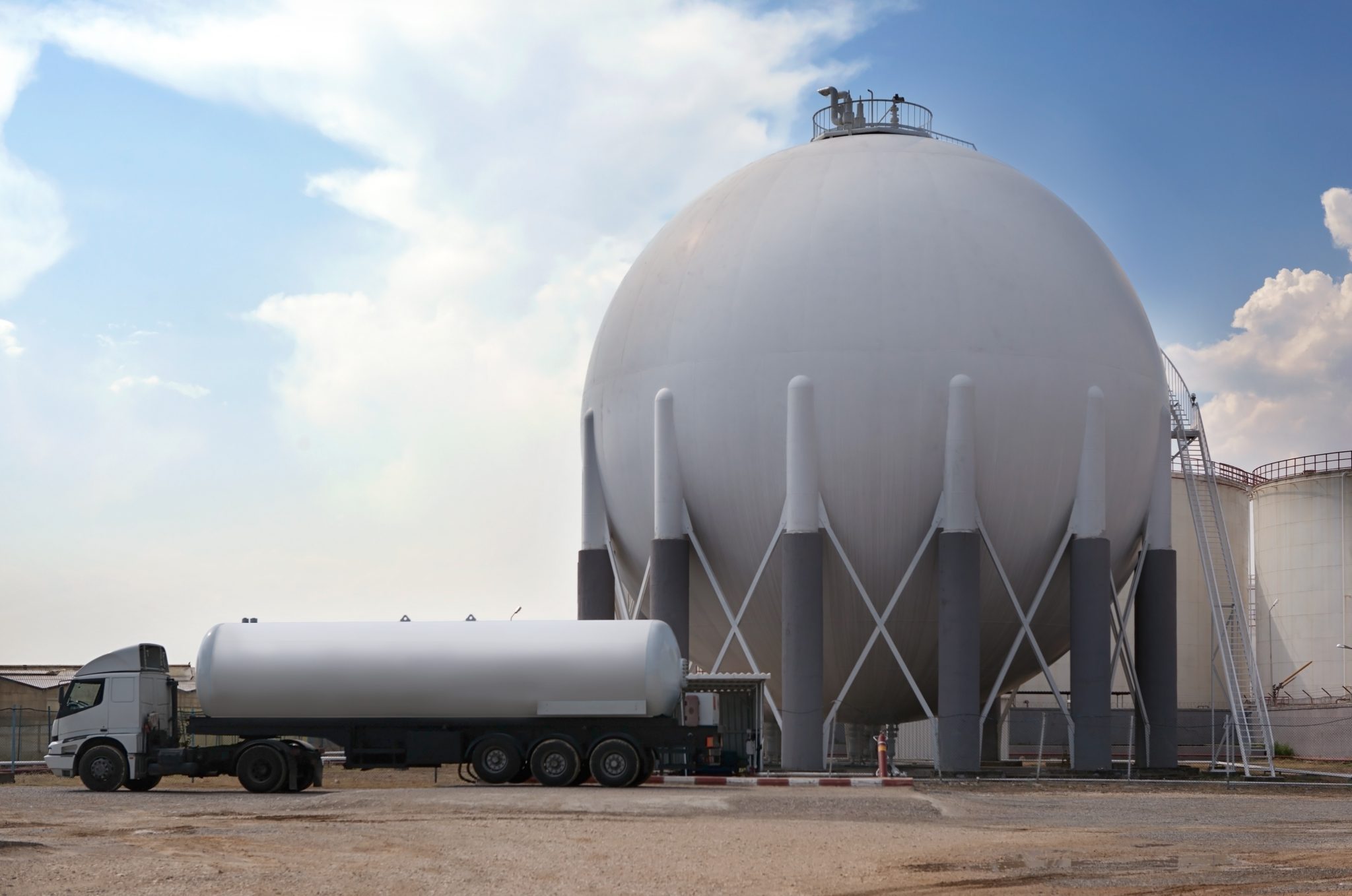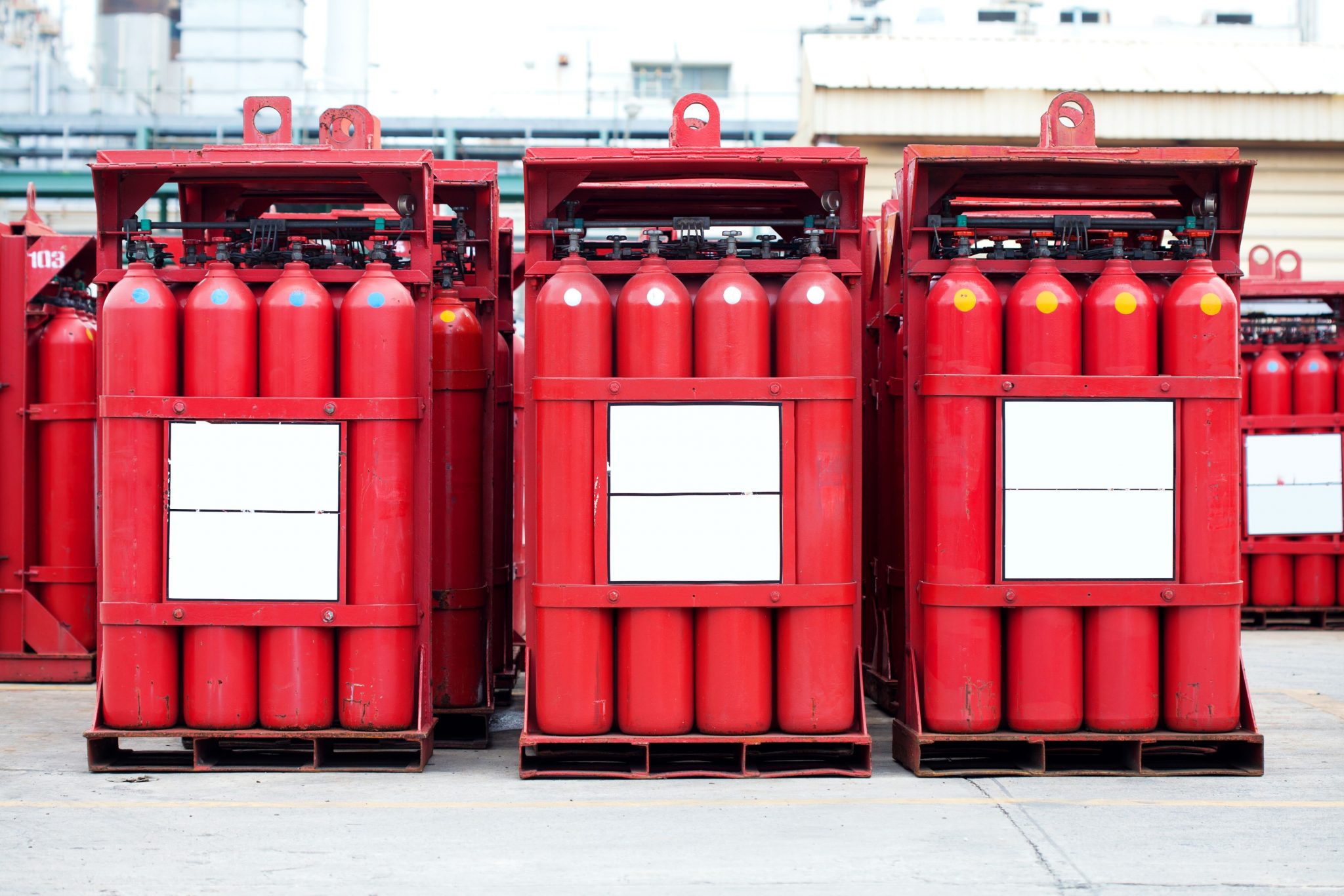

Natural Gas Reforming for Hydrogen Production
Hydrogen’s popularity is increasing because it’s reliable, versatile, and can be produced in a variety of ways. The lightest element in the periodic table, hydrogen (H) is used for weather balloons, processing petroleum products, glass production, and heat-treating furnaces for steel production. As a highly flammable gas, Hydrogen is commonly used in a variety of chemical processes, such as hydrogen fuel cells to power cars and in fuel celled forklifts.
Hydrogen has only one proton and one electron, making it the simplest element and is considered a clean and renewable resource. When hydrogen is burned, no harmful byproducts are released into the atmosphere. It’s not toxic to human health, like some other gases and it’s more powerful than most fossil-based fuel sources. This means less hydrogen is needed to perform the same type of tasks.
Natural gas contains methane that can be used to produce hydrogen with a thermal process called steam-methane reformation. According to the U.S. Department of Energy, “Natural gas reforming is an advanced and mature production process that builds upon the existing natural gas pipeline delivery infrastructure. Today, 95% of the hydrogen produced in the United States is made by natural gas reforming in large central plants”.

Steam-Methane Reforming
Steam-methane reforming is the most common and economical way to make hydrogen gas on a large scale. Methane from natural gas is combined with high-temperature steam and a catalyst to create pure hydrogen and carbon dioxide. The hydrogen gas is then further purified to client specifications.
The steam-methane reforming process consists of the following:
- 1. Water will enter a furnace to produce steam at a very high temperature, upwards of 1,500 ° F.
- 2. The steam reacts with natural gas (methane) to produce hydrogen and carbon monoxide.
- 3. Carbon monoxide and steam react to form carbon dioxide and more hydrogen gas in the water gas shift reactor.
- 4. Contaminants are removed, and the hydrogen gas is purified to the client’s specifications. Hydrogen can be liquified and transported by truck or funneled as gas through a pipeline.
- 5. The remaining gases are recycled back into the process or recovered for other uses.
Advantages and Concerns
Steam reforming using natural gas offers an efficient, cost-effective, and large-scale process for hydrogen production. The efficiency of the process is about 65% – 75%, which is among the highest of commercially available production methods. Using methane from natural gas is convenient and easy to handle.
There is some concern about the emissions from this process as it produces carbon dioxide and carbon monoxide. In an effort to combat these emissions, carbon removal initiatives are being introduced. One such initiative, direct air capture, extracts carbon dioxide from the air and funnels it to be stored or reused by various industries. The carbon monoxide created can also be converted into hydrogen.

Hydrogen at Rocky Mountain Air
Rocky Mountain Air offers liquid or compressed hydrogen in various concentrations and purities. We also offer bulk hydrogen options for our partners, such as tanks and trailers, and scheduled refills on-site for such applications. Contact your local branch today in Colorado, Utah, Idaho, Wyoming, or Nebraska to discuss your hydrogen uses, or to set up a usage evaluation. We look forward to serving you with flawless dependability!



